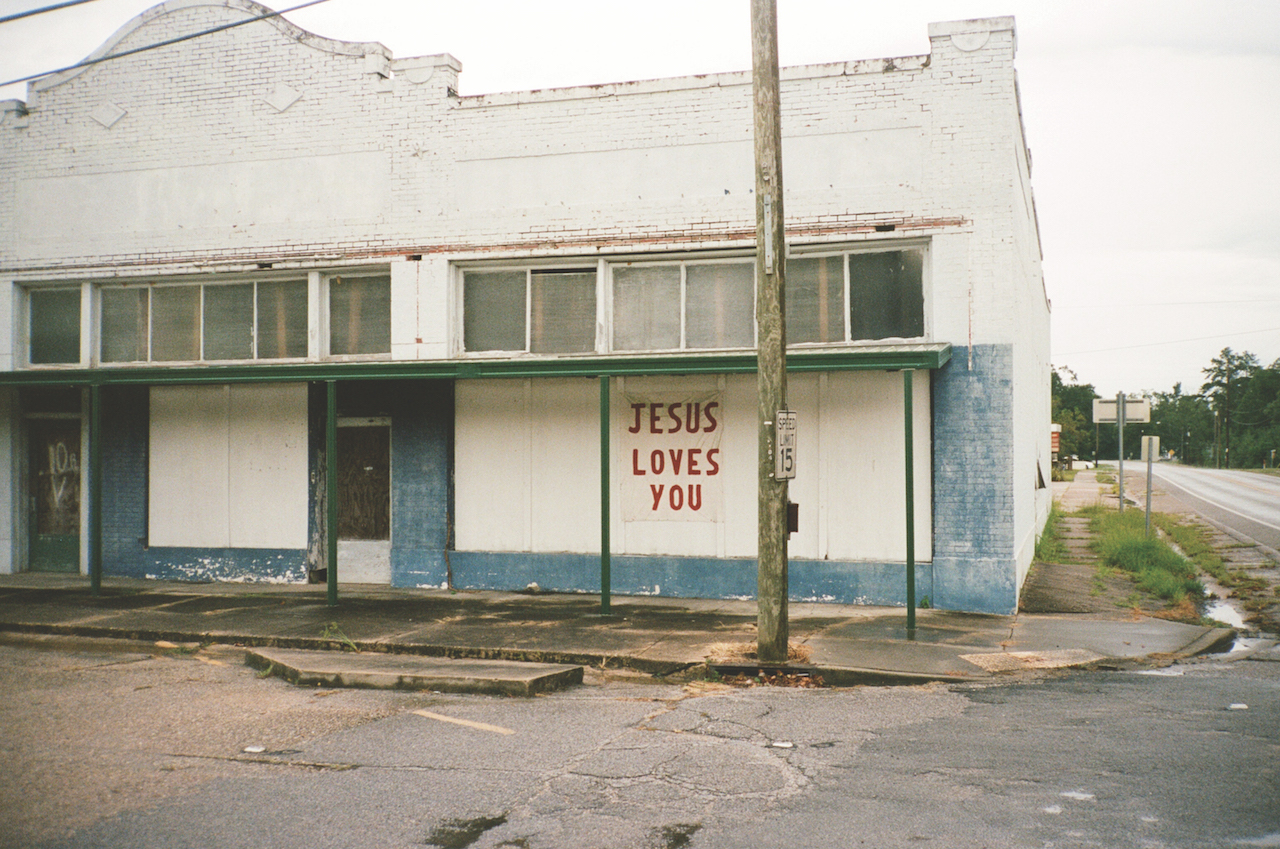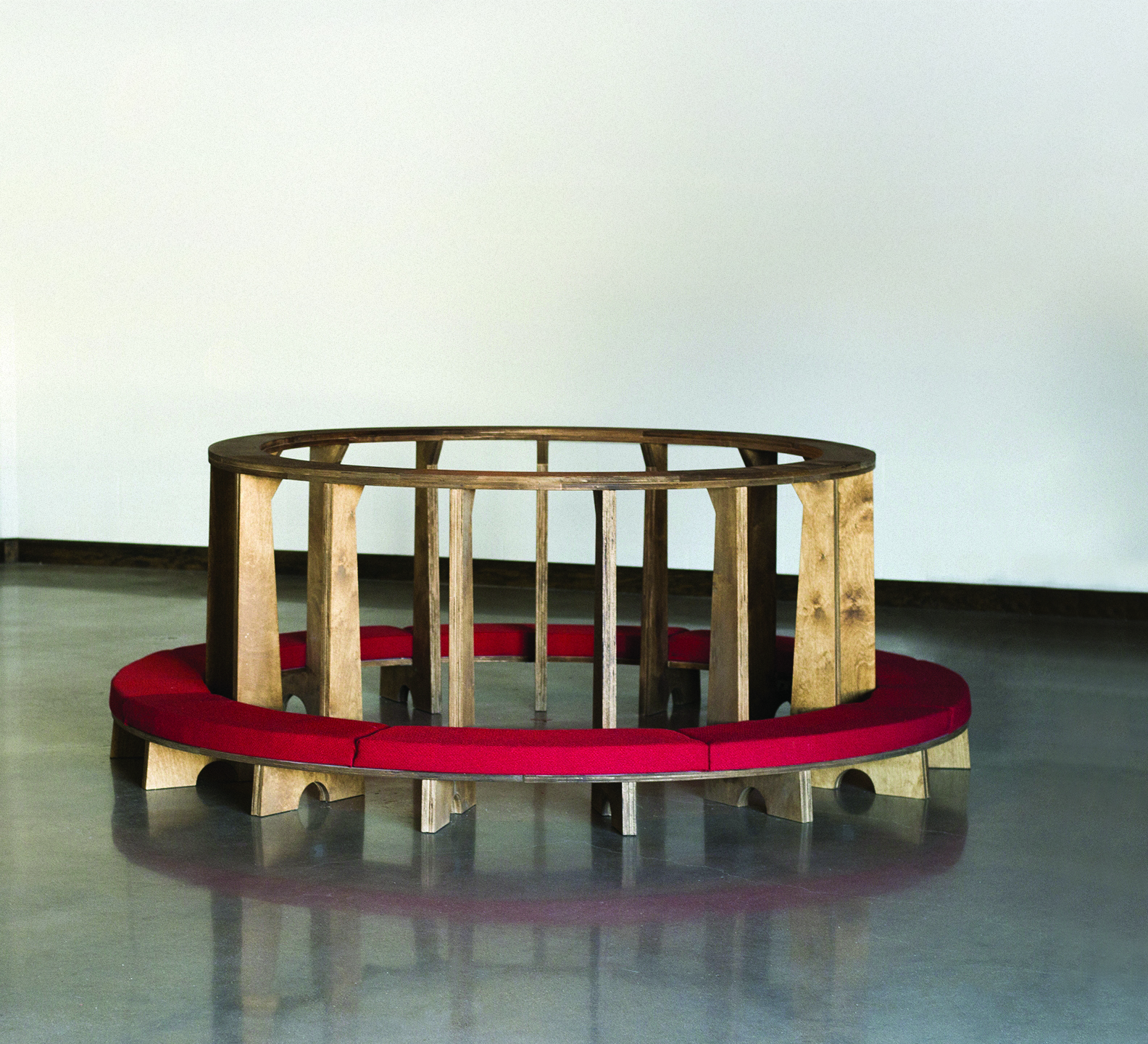God can use anything to draw us closer to him. His Word, of course, and other people. We can also expect God might spark revelation as we experience the art around us. When we find ourselves moved by art, we can ask ourselves, “Why did this move me?” and “Where is this moving me?”
In these reflections, we form a better awareness of ourselves, others, and the life God is calling us into. Here I draw on a few examples that have functioned this way for me.

As a Window.
Art that helps us see others.
Art can function as a window, enabling us to witness something outside of our own experience. “Beautiful” is a collection of paintings by Craig Hawkins and photographs by Elizabeth Jones. This exhibit shows us women who are healing after having been attacked with corrosive acid. Though the attacks left them disfigured, the exhibit emphasizes their remarkable beauty, their individuality. These artists have led the way in paying attention to these women. And the fruit of attention is love.

As a Mirror.
Art helps us see ourselves.
I think of myself as 25, but the mirror shows me approaching 40. Some art functions this way, too. Art helps us see ourselves more accurately or from a different angle. “Roadside Jesus” is a collection of photographs documenting Jesus-related symbols across America. The photographers who make these pictures give Christians an opportunity to see what our visual culture looks like on the street. If we find this culture falling short, how might we contribute to a fuller reflection of Christ?

As a Door.
Art that invites us into change.
Doorways allow us not only to see into another space, but invite us actually to move into that other space. Experiencing art may change us: We can move from one way of seeing to another. Adam Moser’s circular kneeler from the exhibit Fulgeat Aeternum (Brightly Forever) takes the form of a traditional prayer kneeler but modifies it into a circular shape. The shape of this unique kneeler invites us to imagine a new way of relating to God and one another. This object conveys reverence, but refuses a merely individual understanding of worship. To pray to God at a kneeler like this would always seem to need a small community of worshipers. This also suggests a different way of human to human communication. What if we gathered with friends here? What if we met enemies here?





